
What Does It Take?
In celebration of 50 years of women at Tuck, we asked alumnae what it takes to succeed in today's business world.
By Megan Michelson
Jul 27, 2020

Martha Fransson T'70 was determinded to attend business school.

Martha Fransson T’70 was determined to attend business school. She didn’t care that very few of the top MBA programs in the U.S. at the time accepted women. It was the late 1960s and Fransson, a graduate of Radcliffe College, showed up in Hanover, New Hampshire, for a visit to the Tuck School of Business.
The school had a new dean—John Hennessey, Jr.—and although they didn’t yet allow women into the MBA program, he was more than happy to assign a group of first-year men the task of showing Fransson around.
“They answered all my questions, they took me to lunch—you had to be careful not to get in the middle of a bun fight back then,” Fransson recalls. “They asked, ‘How would you like to be the only girl?’ I looked them in the eyes and said, ‘I truly want to go to business school. It doesn’t matter how many other girls are around.’”
That is how Fransson ended up becoming the first woman to graduate from Tuck. As part of the class of 1970, she was the lone female student on campus for her two years, but she paved the way for other women, who soon began applying in higher numbers. As we celebrate 50 years of women at Tuck this year, we wanted to know: What does it take to succeed in today’s business world? So, we called up alumnae from across the years— dating all the way back to Fransson—and asked them exactly that.
Martha Fransson T’70 is the first woman to graduate from Tuck.
Ask Fransson that question and she’ll tell you it requires fortitude and positivity. When a work group her first year at Tuck said they’d rather not work with her—she was, after all, a 22-year-old woman fresh out of undergraduate alongside men who’d come from several years in the professional world. “They were concerned I couldn’t keep up. At the time, I just said ‘OK,’ then I found another group who would work with me,” Fransson says. “I wouldn’t have survived if I didn’t have a positive attitude.”
You also have to be a real contributor. “I’m a very good writer, so one of the ways I pulled my weight was by doing a lot of the writing,” Fransson says. Having stamina—physically and mentally—helped her, too. Near the end of her second year, she continued working on a problem late into the night, while the rest of her group went to bed. At 1 a.m., she finally solved the problem, then had to trudge up the hill on College Street to her dorm in total darkness. On-campus recruiters didn’t quite know what to do with women MBAs at that time. But Fransson got offered a job in finance at Hartford National Bank, where she spent the next 12 years and eventually became a vice president of lending. She later served as vice president of Times Mirror Cable, then spent two decades and the bulk of her career as an associate professor at the Hartford Graduate Center, now known as Rensselaer Polytechnic Institute, where she pioneered a course in strategic planning. “Everybody eventually finds his or her calling in life. What are you called to do? I found my calling fairly young. It takes other people longer,” Fransson says. “I’ve never looked back once I made that decision to go to Tuck. That is where I belonged.”
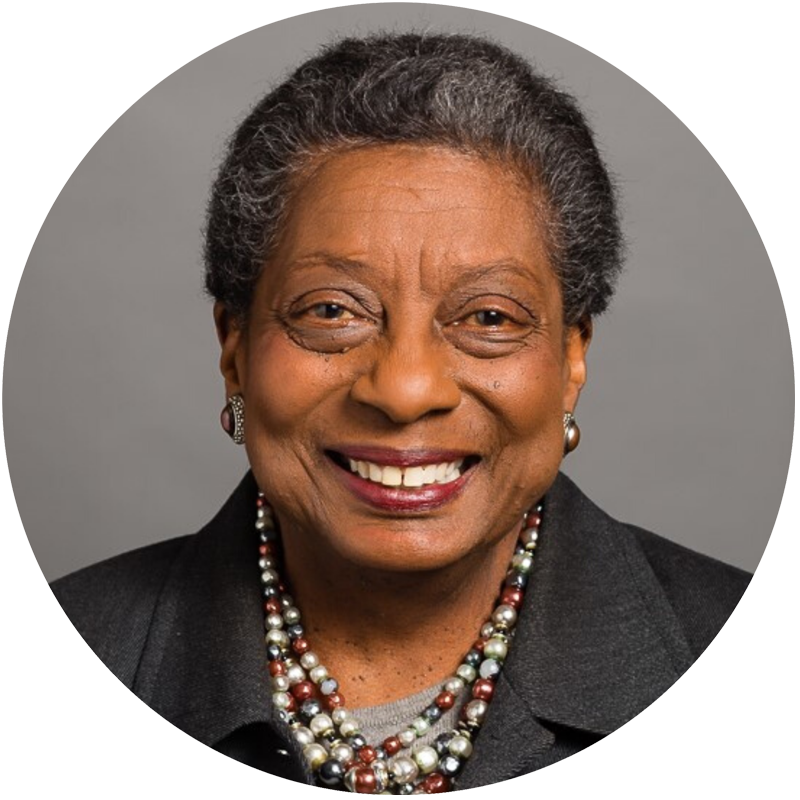
Pamela Scott T’75 didn’t realize she was a pioneer when she arrived at Tuck in 1973 as the first black woman in the MBA program. She’d studied accounting at Rice University in Texas and had chosen Tuck because it was completely different than anything she’d experienced before. “My mission was to get through those two years and prepare myself for all the things I was going to accomplish in the business world,” Scott says. “I was determined to get through the process with as much information as I could.”
After Tuck, Scott got a job in investment management at Citibank in New York, where she took on senior-level management positions that no black woman had held before her. Confidence, she says, was critical in her success. When a person she was tasked with managing showed clear signs that he wasn’t happy that she had the position she did, she didn’t let it get to her. “I was very clear about what his responsibilities were, I praised him when he did well, commented on the challenges he might have,” Scott says. “I was not put back by the fact that he had that attitude. I just managed it. I had the sense of confidence to do that.”
In addition to three decades working in sales and management for financial services, Scott served on a number of corporate boards and a portfolio of nonprofit organizations. Her advice to others? “Think about reviewing your career on a periodic basis,” she says. “You may start somewhere you like or don’t like, but don’t think that’s where you need to stay. I would always assess my situation and say, ‘Where I am? Am I happy? Where do I need to go and how I am going to get there?’ You have to do that introspectively.”
Leela Srinivasan T'06 (left), CMO of SurveyMonkey; Elisabeth Hartley T'05 (right), VC at WeWork; former VP, Beats, Apple
After attending Princeton on an ROTC scholarship, SARAH APGAR, T’11, was commissioned as a second lieutenant and deployed to Mosul, Iraq, just months after the 9/11 attacks. When she returned home, Apgar decided to pursue her MBA at Tuck, figuring entrepreneurship could be her next step in making a positive impact in the world.
Her post-Tuck journey began at Warby Parker, but missing public service and the camaraderie of the military, she joined a volunteer fire department near her home in Long Island—a decision that would change the trajectory of her business career. While Apgar quickly learned about ground activities and movements, she noticed a lack of standardized fitness training for fire departments, and particularly volunteer firefighters. Before long, she developed an entrepreneurial solution: fitness and strength training using recycled firehose.
Building an initial prototype using a piece of recycled firehose filled with sand, Apgar launched FitFighter in 2019, first bringing her service-inspired fitness equipment and strength training system to the FDNY Fire Academy where it was used to train candidates entering the NYC Fire Service. Supporting wounded warriors, fallen first responders, and their families through the Stephen Stiller Tunnel to Tower Foundation, FitFighter is now used by not only fire departments and first responders, but also by gyms, boot camps, and home fitness enthusiasts in living rooms throughout the U.S. and Canada using an iOS app-based training platform.
As she continues to build on FitFighter’s early success, Apgar shares some of the key lessons she has learned along the way.
CAPITAL CLARITY. A short alliteration to say that you have to be clear with yourself, your family, and any others in your inner circle about both your personal financial situation and plan, and the capital plan and requirements for the launch of your company. The capital you think you need will likely not be enough. Moreover, the market for more capital can change at an inopportune time for your company. You will never be able to predict the future with the global COVID-19 pandemic offering a poignant example. You need plans A,B,C, and Z.
BE THE MOST CURIOUS PERSON YOU KNOW. You should see the boxes of materials I have stored in our factory from the days of experimenting with the inner fill for our product. For months, I tinkered away to find the perfect consistency and density. Grits, sands, recycled plastics, shavings. I landed on a stain-less steel sandblasting media and found a refurbished version to reduce cost and have a more sustainable materials model. You may have a different type of business, but the lesson is the same. The spirit of curiosity leads me to my next piece of advice, which is to . . .
ASK ONE MORE QUESTION THAN YOU THOUGHT YOU HAD. Just when you thought you were out of questions, think of one more every time. Entrepreneurs are in constant problem-solving mode, which is an exhausting day-to-day cadence. You have to lean on others to survive and succeed, and remember that it is your responsibility to show them how they can help. A friend and colleague Damon West says this succinctly: “The only question you know the answer to is the one you never ask. And that’s always an emphatic ‘No!’ Never risk not finding your golden ticket.
ALWAYS RAISE YOUR HAND FIRST. I was invited to an exclusive event in conjunction with the 2019 NBA All-Star Game, to network and meet potential pro-athlete-partners, and the host of the panel asked for one volunteer from the audience to come explain why they were there and how the event could support their mission. My dad taught me to always raise my hand first, so I did and got 60 seconds in the limelight that led to two critical follow ups for FitFighter. This is not always a comfortable practice and can leave you feeling like you weren’t ready for the moment, but these are times when feeling unprepared is a worthy risk.
LEARN YOUR MARKET LIKE THE AGE LINES ON YOUR PALM! This is one of the hardest “you don’t know what you don’t know” journeys that I’ve had. After all, I’m an Army gal, a collegiate athlete, an elite adult athlete, and a certified fitness professional. How could there be so much that I don’t know about the fitness industry? You can read market and industry reports until you are blue in the face, but until you deeply understand the dynamics underlying them, you may struggle to find your niche. Many entrepreneurs start companies in industries with which they are not intimately familiar. This is where the first two points come into play as essential behaviors in climbing the steep learning curve as quickly as possible.
USE THE 37 SIGNALS METHODOLOGY TO STAY AGILE AND RESPONSIVE. I have received feedback during my corporate career that my nature is to jump into decisions with enthusiasm without turning over certain stones. Therefore, I take advice on product development and go-to-market strategy seriously and make decisions together with my advisory team, but sometimes you have to go for it or you will never execute. If you hesitate, you may never receive the critical feedback from the market that you need. An example is our commercial Steelhose for gyms and home fitness, whose current design and packaging approach reflects many rounds of market feed-back from consumers we never touched in our Fire Service days. Be agile in the correct context of your business and your product or service, so that you can pivot and continue to grow.
—Adam Sylvain
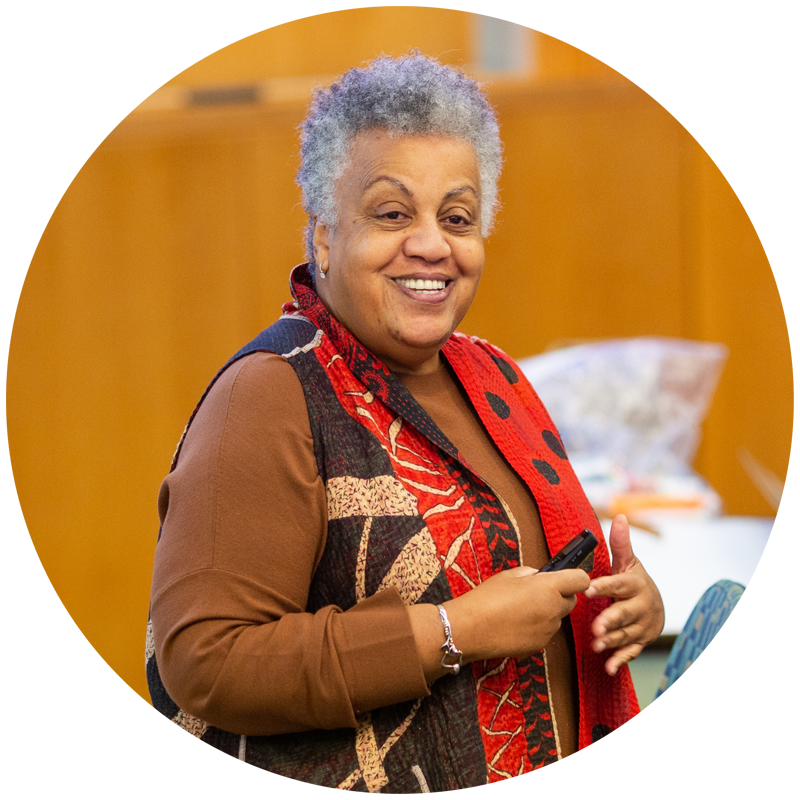
“Legacy is about how you treat the people in your life. Legacy is about the way you both support and develop your employees. It is all about the ways you show love to your loved ones. It is about opening doors for the generation behind you. Thinking beyond you and contributing to a greater purpose creates legacy. This is what leadership should be about.”
— Ella Bell Smith, Professor of Business Administration
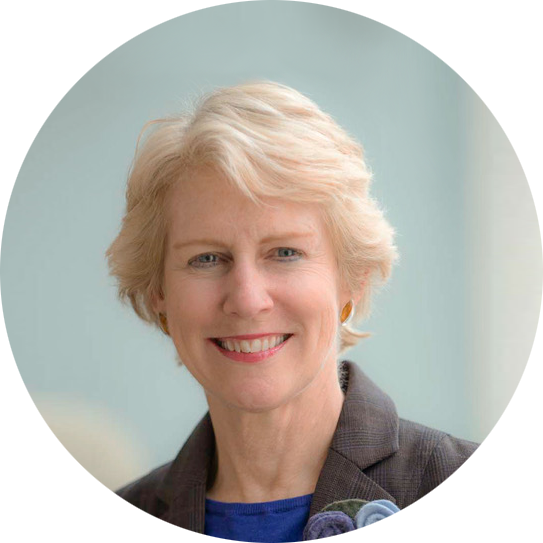
When Ellen Remmer T’81 graduated from Wesleyan University, she knew she wanted to change the world. She spent four years working at nonprofit organizations, doing community engagement, but then, she says, “I realized business ran the world.” So, she enrolled at Tuck, where she started a social impact group and took her first business classes.
Post Tuck, Remmer worked for a management consulting firm, then served as the president of her family’s foundation, which benefits girls’ empowerment programs and sustainable fisheries. She then worked for and ultimately became the president and CEO of The Philanthropic Initiative, a nonprofit advisory practice focused on strategic philanthropy that helps donors make positive social impacts. When she launched the nonprofit campaign Invest for Better in 2019, her goal was to help women use their investment capital for good.
“I thought, yes, philanthropy is critically important, but business still runs the world and there needs to be fundamental shifts in how we do business,” Remmer says. “I believe that investors can be the change. In impact investing, you’re intentionally investing for both a financial return and a positive social return.”
So, how do you invest for better? For starters, you need to be intentional and recognize the power of your investments. “Research shows that women spend a third less time on their investments than men. Because they don’t spend time on it, they’re not as knowledgeable, not as interested,” Remmer says. “It’s all about trying to help women recognize the power they have in their investing. This could be women with any level of investment. Through being very intentional and active, they can focus on issues that are important to them.”
Second is knowing what you own. “So many of us say, ‘I’ve got this investment advisor telling me what to do, and then simply reporting to me on how much money I made. We don’t even question what that money is doing,” says Remmer. “Question the assumptions. Before you invest, ask: ‘What’s the gender pay equity? What’s the carbon footprint? What are they doing about food safety?’ Those things will only improve if investors keep asking for it.”
Tolu Kehinde T'19, resident physician at the Mayo Clinic; editor of Human: Voices of Tomorrow's Doctors.
Liz Hartley T’05 and Leela Srinivasan T’06 have led different paths, but both have proven to be impactful leaders. And both have evolved their leadership styles over the course of their careers.
“Today’s business world is dynamic. Things move incredibly fast and shift rapidly. Succeeding in this environment requires resilience and adaptability,” says Liz Hartley T’05, who led the integration strategy for Beats by Dre when it was acquired by Apple. She later went on to join WeWork in a strategy and growth operations role, where she helped scale the company from operating in 20 cities to over 100. “In my earlier years, I was much more focused on management. Setting goals. Aligning teams and resources. Prioritizing tasks. Steering the process from inputs to outputs,” says Hartley, whose career has spanned many roles, from strategy consulting to startups and venture capital.
“Good management is table stakes. Increasingly, I’m focused on leadership and culture. How to create a shared vision? How to inspire teams? How to better anticipate and respond to change and challenge? Maintaining motivation and morale is a constant juggling act,” Hartley added. Intellectual honesty and active listening, she says, is part of how she views leading with impact. “It’s not a mindset about mastery. It’s a practice of continuously listening, asking, and learning.”
For Srinivasan, it’s all about putting the right people in place. “It’s about hiring your leadership team to cover your blind spots,” she says, the chief marketing officer for SurveyMonkey, who previously worked at Lever, OpenTable, LinkedIn, and Bain & Company. “The myth I would dispel is that leaders at my level have everything figured out. The thing I try to do is hire leaders on my team who are better than I am in the areas they oversee.”
The culture of an organization is integral to its success. “All of the places I’ve worked have been companies I admired for their culture and values. One thing I’ve enjoyed most is making conditions for that culture to thrive and those values to be lived,” Srinivasan says. “As you become more senior, you realize you play a bigger role in setting the tone and leading by example.”
According to a SurveyMonkey report, 79 percent of women have imposter syndrome in the workplace; among men, that number is 61 percent. “Women are more likely to feel like they don’t belong. I have definitely felt that in my career,” Srinivasan says. In a recent conversation with a mentor of hers, she asked for guidance about how to serve on a specific board. Her mentor’s advice? Act like you’ve been there. “Psyche yourself up. Remember you’re there for a reason. Lean into that,” Srinivasan says. “Recognize where your expertise is and have confidence.”
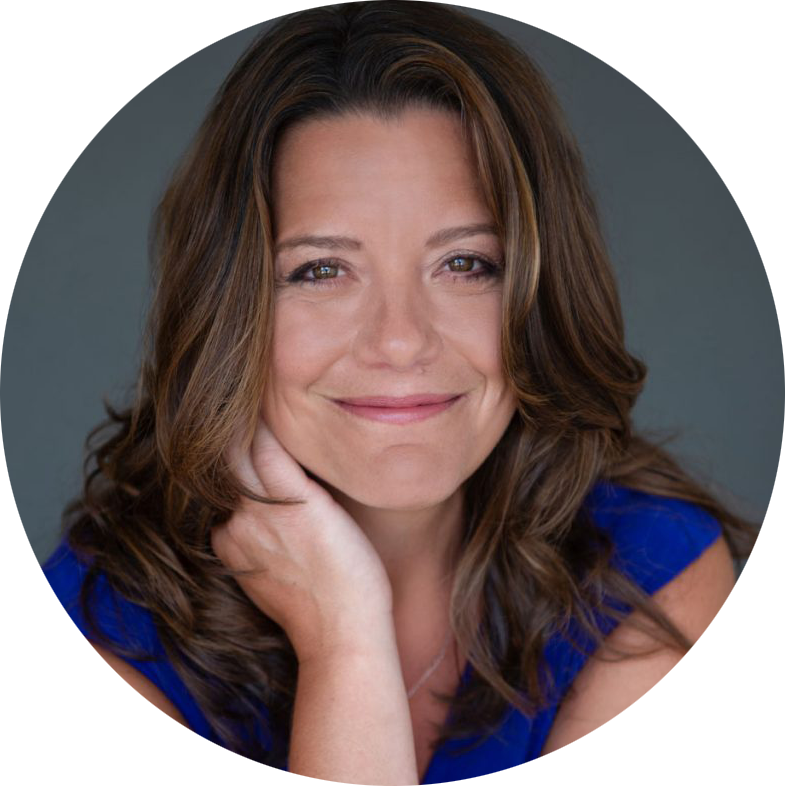
Megan Mayhugh T'01 clearly remembers the first time she asked for a raise. She was in her early twenties, working as a trader on adjustable-rate mortgages, making, as she calls it, very little money and working hard. She was bringing in $300,000 in trading profit in one month but making something like $25,000 a year. She asked for a bonus to at least match what she’d made when she was working as an assistant, but when bonuses came out, the dollar amount didn’t add up.
“I sent out two resumes, I got two job offers, and both were more than double my current salary,” Mayhugh remembers. “I resigned and took one of the jobs. It never occurred to my previous employer that I’d actually leave. That’s when I learned that there’s no such thing as being loyal to an institution. There’s loyalty to people. First you need to be loyal to yourself and your family. As women, knowing what you’re worth ends up becoming really important.”
After graduating Tuck, Mayhugh worked at McKinsey for five years, but she made it a practice every year to look for a new job. “Every year, I’d get an offer, and it’d be really exciting, but every year, I stayed at McKinsey,” she says. “We can all get into a rut, so I wanted to know what was out there—what my choices were. I stayed at McKinsey for years because it was the right choice. I was choosing to stay. I wasn’t being complacent.”
Now as the chief of staff and in charge of talent acquisition at Cleveland-based management consulting firm Insight2Profit, Mayhugh knows exactly what it takes to ask for—and get—an increase. “When you go back to ask for more—and you should always go back and ask—what’s the worst thing that can happen? They’ll say no. You can always accept the offer as it stands,” Mayhugh says. “When you ask, be reasonable. If you’re up front and clear and transparent on the rational, that can really help.”
Know what is important to you, Mayhugh advises. “So many people are hunkered into salary that they miss out on asking for other things: a one-time bonus, an extra week of vacation, more flexibility, long-term incentives, working from home a day a week to avoid the commute,” she says. “We have to think through what matters to us, then ask for what we want. There’s an old-school mentality that you have to ask for a raise.”
The other thing: Women often never ask. “It’s almost unbelievable to me. I’ve found that women don’t want the conflict,” she says. “But they shouldn’t see it as a conflict. You can always ask in a respectful way.”
It’s all about trying to help women recognize the power they have in their investing.
— Ellen Remmer T'81
Tolulope Kehinde T'19 grew up in Nigeria and moved to the U.S. in 2009 to study neuroscience at Mount Holyoke College. After graduating, she worked as a research assistant in the neurology lab at Beth Israel Deaconess Medical Center in Boston, before deciding to go back to school for a joint MD-MBA degree. Dartmouth, it turns out, was a perfect fit. Kehinde spent five years studying at Dartmouth’s Geisel School of Medicine and Tuck to earn a combined degree in medicine and management in 2019.
“In medical school, you’re often not learning about the other systems that feed into healthcare—the financial system, the socioeconomic system. Those things don’t happen in a silo,” says Kehinde, who’s particularly interested in improving health care systems on the African continent throughout her career. “I wanted to have some skillsets outside of medicine that would help me look at problems from other angles.”
Halfway through medical school, Kehinde was feeling emotionally exhausted and isolated. So, a storyteller by nature, she started writing prose and poetry. As she began to share her writing, she realized many of her peers in medical school were dealing with their own battles with fatigue and burnout. She opened up a conversation between medical trainees around the world and asked them to share their thoughts. The result is an anthology Kehinde edited called Human: Voices of Tomorrow’s Doctors, published in 2019.
She now works as a resident physician in anesthesiology at the Mayo Clinic in Rochester, Minnesota. Through the COVID-19 pandemic, Kehinde says she’s reflected on skills she learned at Tuck, from courses on change management and communication or leadership in time of crisis. “One of the big things I learned at Tuck was confident humility. When I come to a problem, there’s a certain level of confidence that I walk into the room with now that I didn’t have before,” she says. "At Tuck, I didn’t know what the outcome was going to be, but I had steps, I had people. Regardless of what part of the world you’re in, coming to the table with the attitude of ‘We can do this. We have the people and resources’ helps tremendously.”
She’s currently figuring out how to create an intubation scope in the operating room that’s less expensive, just as effective, and could be used in lower-resource areas.
“I’m always thinking, how can this be better? I don’t want to just look at the clinical side,” Kehinde says. “I’m using some of the tenants of reverse innovation and design thinking—those are things I learned in the business world that will help me in the medical world, too.”
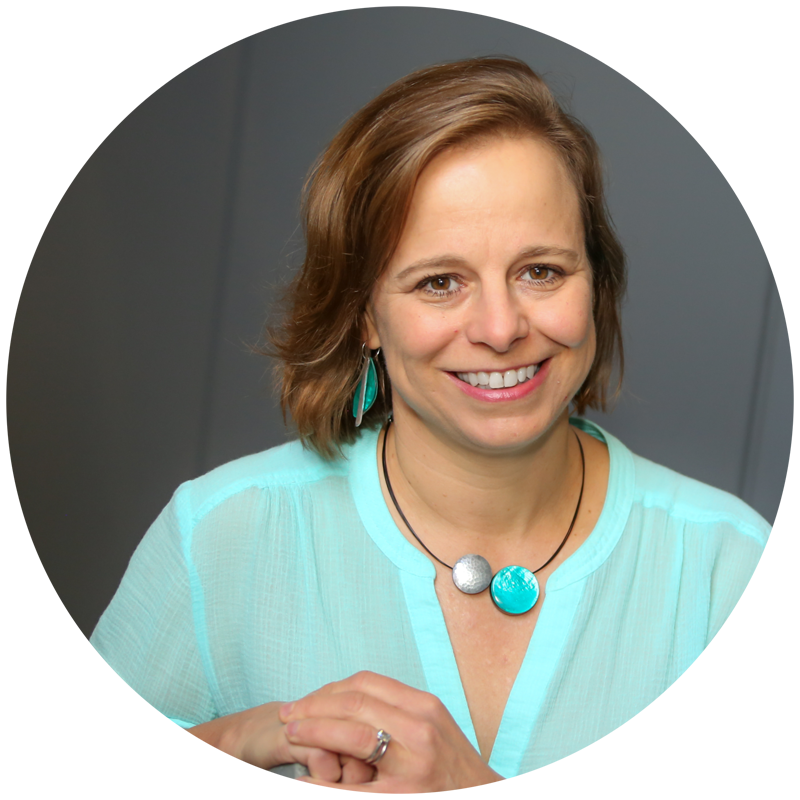
Lauren Adler T'95 is in the midst of a career switch right now. It’s the not first one she’s made either. For the past 12 years, Adler has run a boutique chocolate shop in Seattle called Chocolopolis. A veritable chocolate expert, she’s also a consultant for the fine chocolate industry, founded the Pacific Northwest Chocolate Society, and is the board vice president for the Fine Chocolate Industry Association.
Why chocolate? “I love specialty foods and I always wanted my own retail store,” Adler says. “I loved the history and science of cacao and chocolate. I love creating community and experience. Having a chocolate store allowed me to do that.”
She came to chocolate by way of business: She’d worked on Wall Street out of college, but it wasn’t for her, so she went to Tuck for her MBA. “I wanted to stay in business, but I wanted to switch and get more into products and people,” she says. After Tuck, she worked for Star Markets in Boston, a general manager for a $28 million division of the New England supermarket chain and its natural foods subsidiary.
Later, she worked in finance and supply chain for Amazon in Seattle in the late 1990s, when the site mainly sold books. Then, of course, she got into chocolate. But now, she’s closing up her chocolate shop and looking for the next thing.
“I miss those bigger picture, strategic projects. One thing I’m really excited about is blockchain and the Internet of supply chain,” Adler says. “I get very excited about the many different challenges you can solve.” She’s been networking in the blockchain arena to see how she might combine her love of chocolate, technology, and supply chain to solve some of the chocolate industry’s problems.
“You go through phases in your career. Sometimes, you aren’t where you want to be. There’s a sense of dissatisfaction,” Adler says. “A career change can feel scary. You can feel ready for something new but not know exactly what that may be. For me, it’s always been following my passion.”
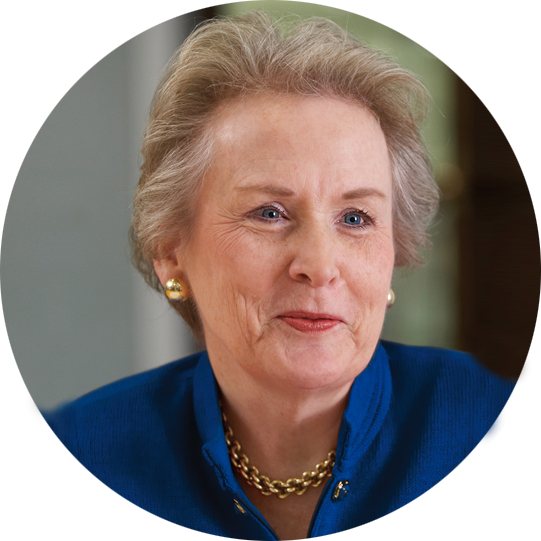
“Make sure you and your organization understand, minimize, and strive to eliminate unconscious bias. Aim for gender parity in senior operating roles. Measure against targets and communicate results internally and externally. Endeavor to promote based on performance and not presence. And make sure senior women with potential have sponsors in your organization, as well as mentors.”
— Noreen Doyle T'74, Chair of the Board of Newmont Mining Corporation; First Woman to Chair the British Banker's Association
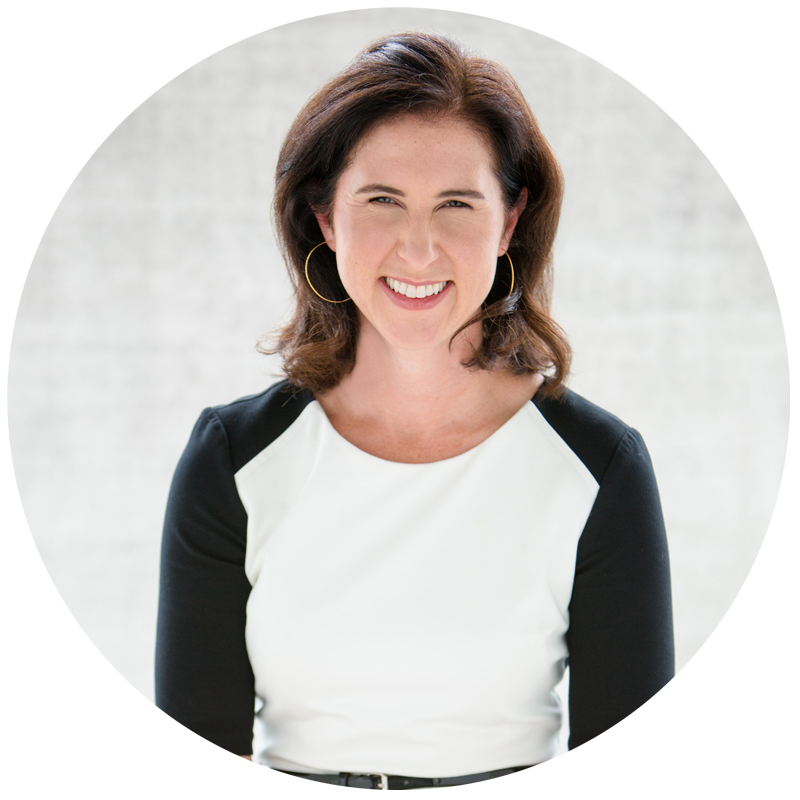
Shannon Gordon T'06 knows first-hand that when a team is diverse, it’s more successful. Working at McKinsey in Chicago after Tuck changed her professional life for good and was, as she describes it, “the most diverse place I’ve worked.” Later, she spent nearly six years at Walmart in the Bay Area, where she was the VP of Customer Experience for Walmart.com. There, too, she was surrounded in a balanced way.
“When you have it, you can see that teams that are diverse are far and away the highest performing teams you can pull together,” Gordon says.
So, when you ask Gordon what makes a great board, she’ll tell you diversity is key. “The answer is that we live in a complex world and business challenges that we’re dealing with across industries are so dynamic, the pace is so fast, the complexity is so great that it’s very difficult to be successful in solving those complex problems without having a wide variety of people around the table,” she says.
Since 2018, Gordon has served as the CEO of theBoardlist, a San Francisco-based company that uses technology to connect qualified women leaders with opportunities to serve on private and public company boards. She knows exactly what it takes to serve on boards. “The most important quality of a board director is a high degree of integrity and the moral fortitude to do the right thing,” says Gordon. “There are a lot of people who might be qualified from an experience standpoint, but not all can maintain their integrity through a crisis or challenging time.”
Each board needs something different, but Gordon says there are a few important things to look for when knowing if someone is board ready. “You need to be at a certain point in your career where you’ve had sufficient exposure and you’re well positioned to be an advisor,” she says. “You should be a thought leader in your industry.”
When you look at business leaders, a vast majority—some 90 percent—of board seats are filled by personal networks, or referrals. Since most board members and CEOs are men, homogeneity in the board room gets perpetuated. “We all know people who’ve worked in a similar space as us. By definition, networks are limited,” says Gordon. “So, unless you make a concerted effort to reach outside that network, it’s hard to find diverse candidates.”